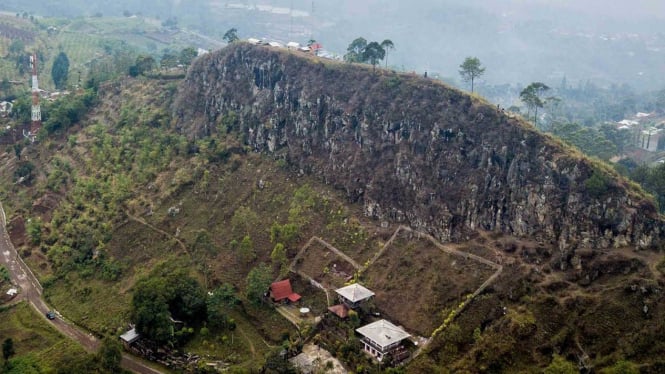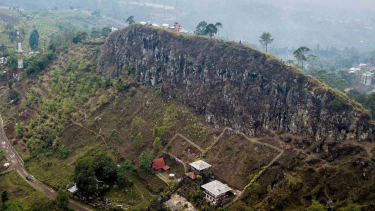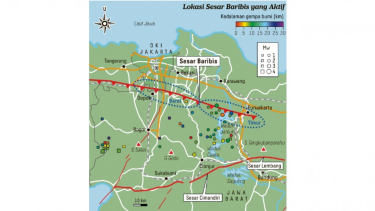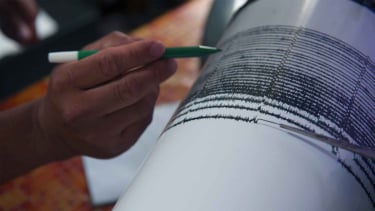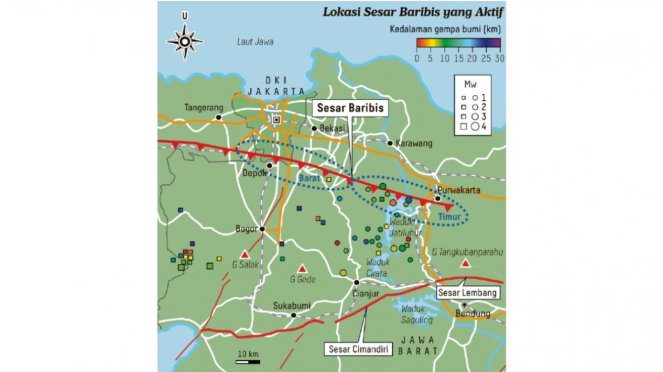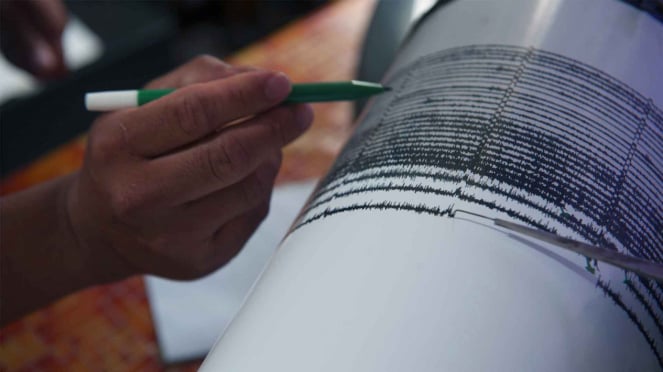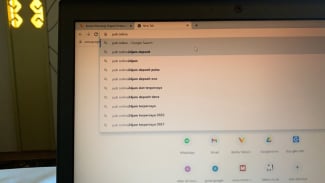- ANTARA FOTO/Raisan Al Farisi
VIVA – The Cimandiri Fault activity in West Java is said to have triggered the 5.6 magnitude earthquake in Cianjur, West Java on Monday, November 21, 2022. BMKG said that earthquakes cannot occur in just any place. One of the locations where earthquakes usually occur is around faults.
BMKG explains that a fault is the boundary plane between two fractions of the earth's crust that experience relative motion. Faults are usually relatively weak areas, that have cracks, or gaps. This is what caused Cianjur to be shaken by the earthquake, causing many casualties.
As it turns out, West Java has six active faults that have the potential for earthquakes although it cannot be predicted when they will occur. Starting from the Lembang to Baribis Faults, people around West Java should be aware of them. Here are some active faults in West Java, as reported by various sources.
1. Cimandiri Fault
Gempa Cianjur
The Cimandiri Fault is classified as active and stretches from Pelabuhan Ratu Bay to around Padalarang for approximately 100 km. This fault is the oldest and stretches from the mouth of the Cimandiri River in Pelabuhan Ratu, Sukabumi Regency.
The Cimandiri fault then runs northeast through Cianjur Regency, West Bandung Regency, and Subang Regency. Overall, it runs northeast-southwest with horizontal to oblique fault types.
2. Lembang Fault
Foto udara Gunung Batu yang termasuk dalam sesar Lembang atau patahan Lembang di Kabupaten Bandung Barat, Jawa Barat, Selasa, 30 Oktober 2018.
- ANTARA FOTO/Raisan Al Farisi
The Lembang Fault is an active fault 30 kilometers north of Bandung City that extends from west to east. It is identified as a strike-slip fault with a slight vertical component.
This fault is a continuation of the northern end of the Cimandiri Fault. The Lembang fault line can be well observed in the Cibodas area, which is about 3 kilometers to the east of Maribaya. In this area, it is clear that the Lembang fault line consists of several supporting planes.
3. Baribis Fault
Sesar Baribis di Selatan Jakarta.
- BMKG
The Baribis fault is an active fault that stretches from Purwakarta to the Baribis hills in Majalengka with a length of about 100 kilometers. It is the main fault in northern West Java. The Baribis fault is identified as a rising fault with a slip rate of 1 mm per year.
Historically, the eastern part of the Baribis fault was recorded to have triggered earthquakes that damaged Jakarta in 1780 and Majalengka in 1990. In a study conducted by a Professor of the Faculty of Mining and Petroleum Engineering at the Bandung Institute of Technology (ITB), Sri Widiyantoro said, this fault poses a great threat, especially to the Jakarta area.
4. Garsela Fault
VIVA Militer: Peta Sesar Garsela.
The Garsela or South Garut Fault is an active fault that extends from the south of Garut to the south of Bandung for 42 kilometers. This fault is divided into two segments, the Rakutai segment, and the Kencana segment, both of which are equally active.
Earthquake activity that occurs in the Garsela fault zone predominantly has a shear fault source mechanism. One of the damaging earthquakes centered on the Garsela fault occurred on July 18, 2017, with a magnitude of M 3.7 which caused damage around the Kamojang area, Garut.
5. Citarik Fault
The Citarik Fault is an active fault that has an elongated but segmented structure through Pelabuhan Ratu, between Mount Salak - Pangrango, Bogor, Jonggol, and Bekasi areas. The fault is characterized by the alignment of the Citarik River and cuts through Java Island in the west.
The fault has a north-northeast - south-southwest orientation. As an active fault, the Citarik fault activity also has the potential to cause earthquakes.
6. Cipamingkis Fault
Ilustrasi mesin seismograf membaca gempa.
- ANTARA Foto/Nyoman Budhiana
The Cipamingkis fault is an active fault located in eastern Sukabumi and western Cianjur. According to the BMKG website in 2022, this fault is an active fault with a southwest-northeast direction. In 2018, the Cipamingkis fault triggered dozens of earthquakes with relatively very small magnitudes.

